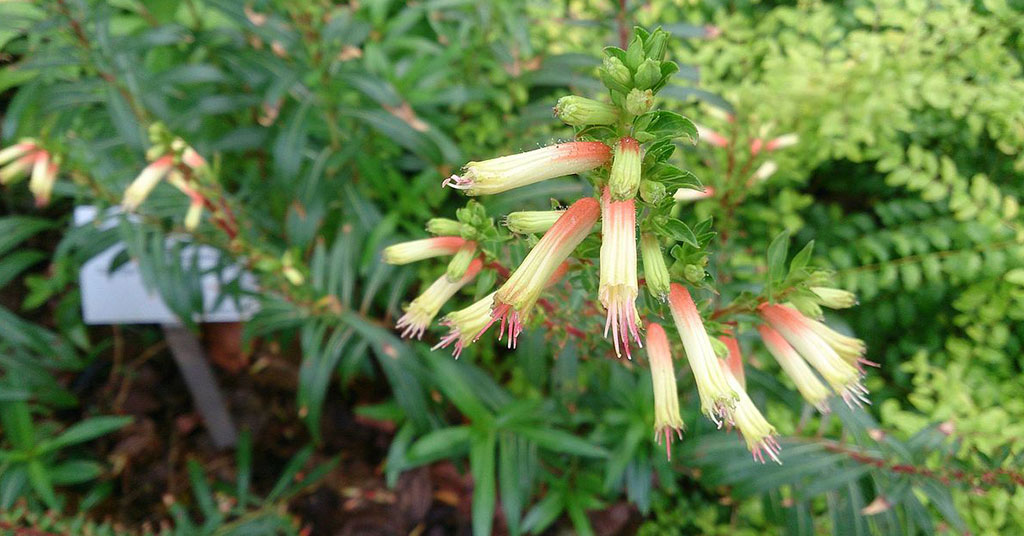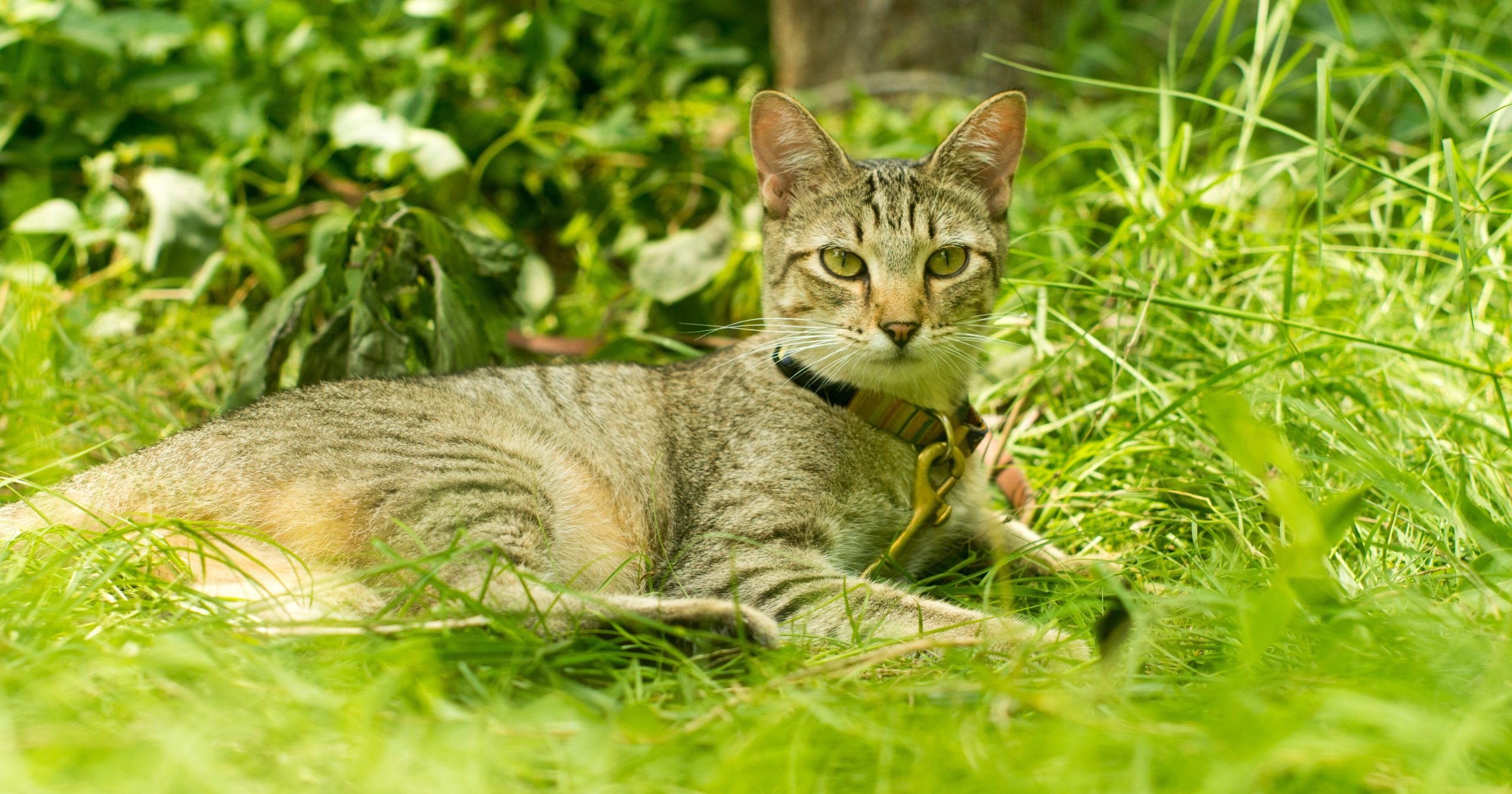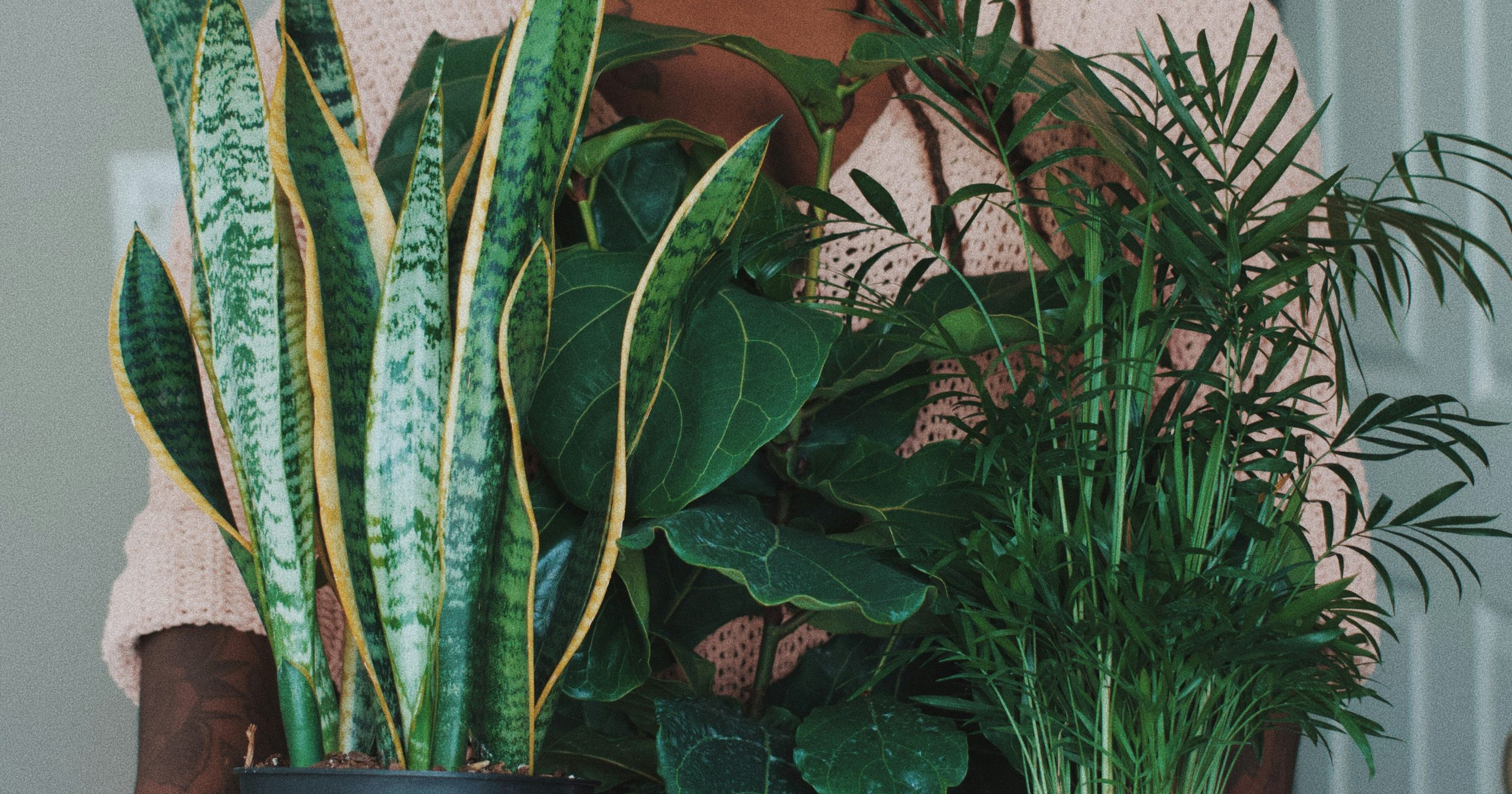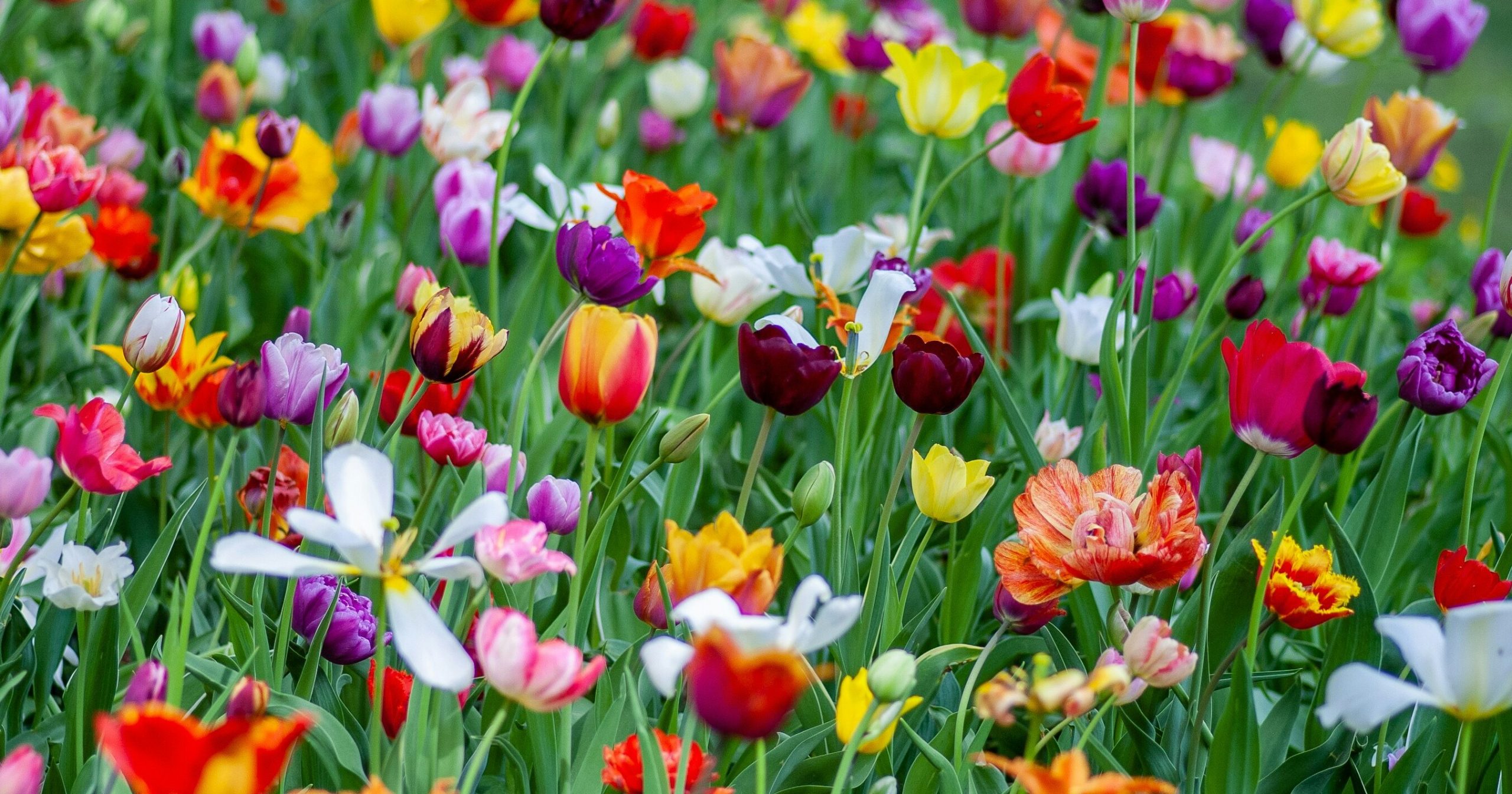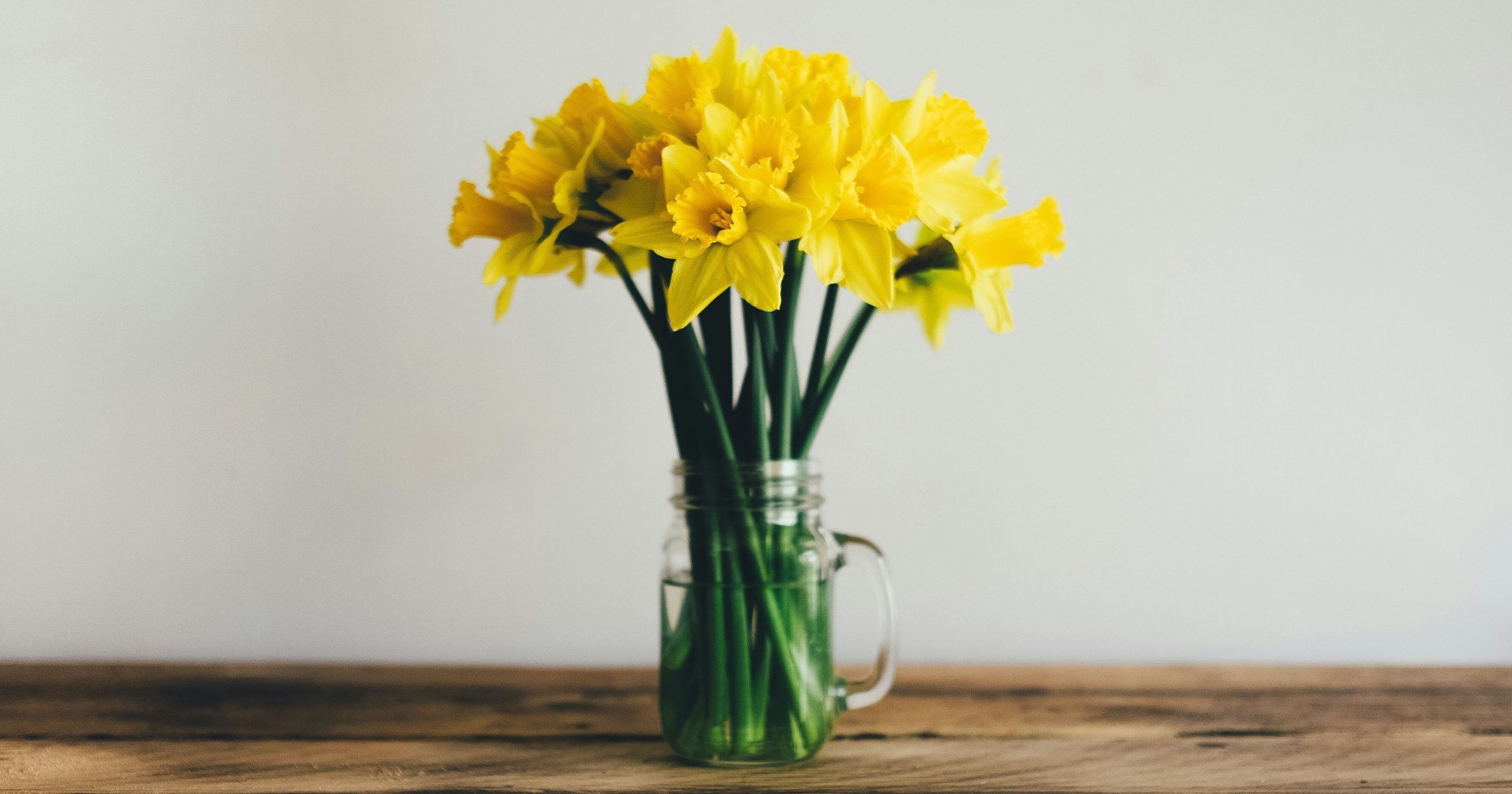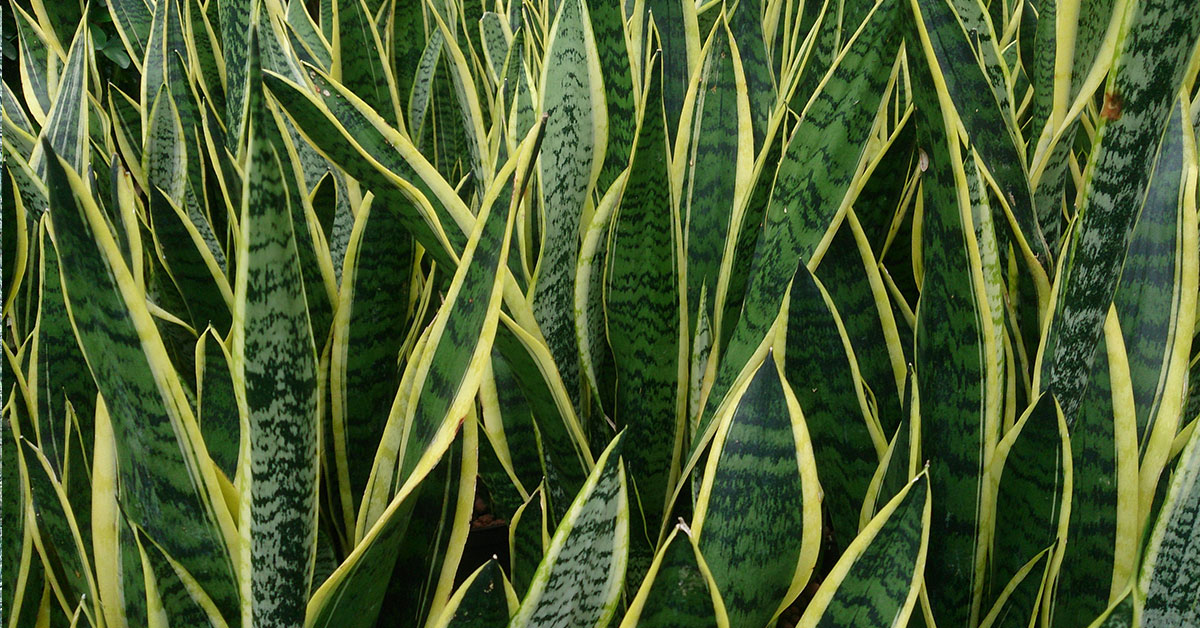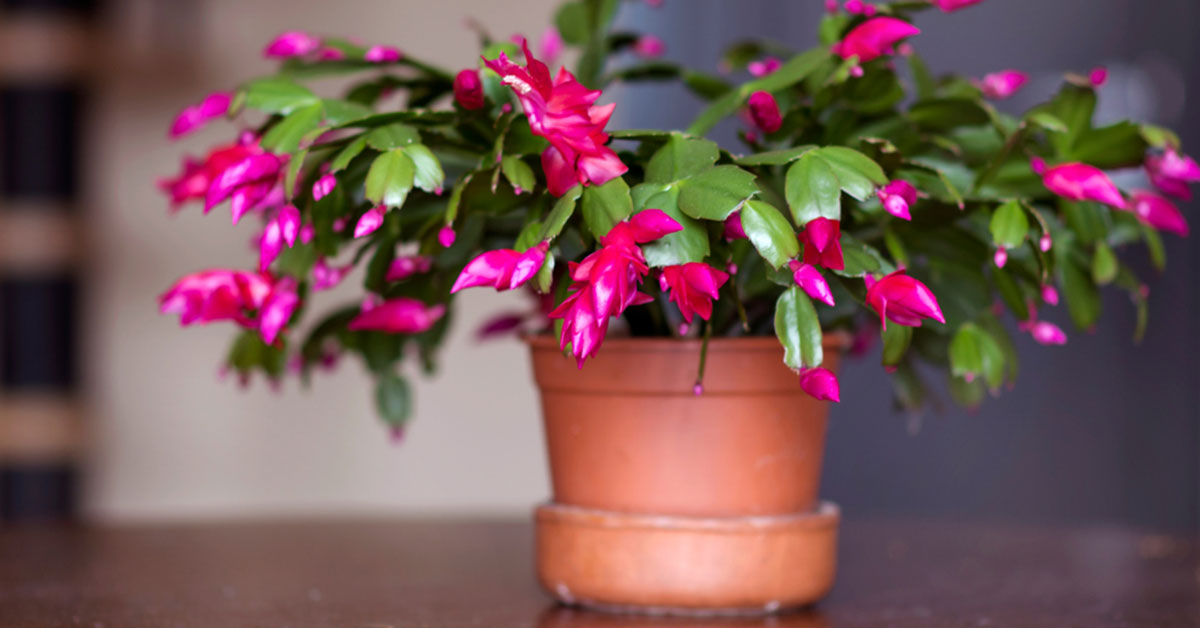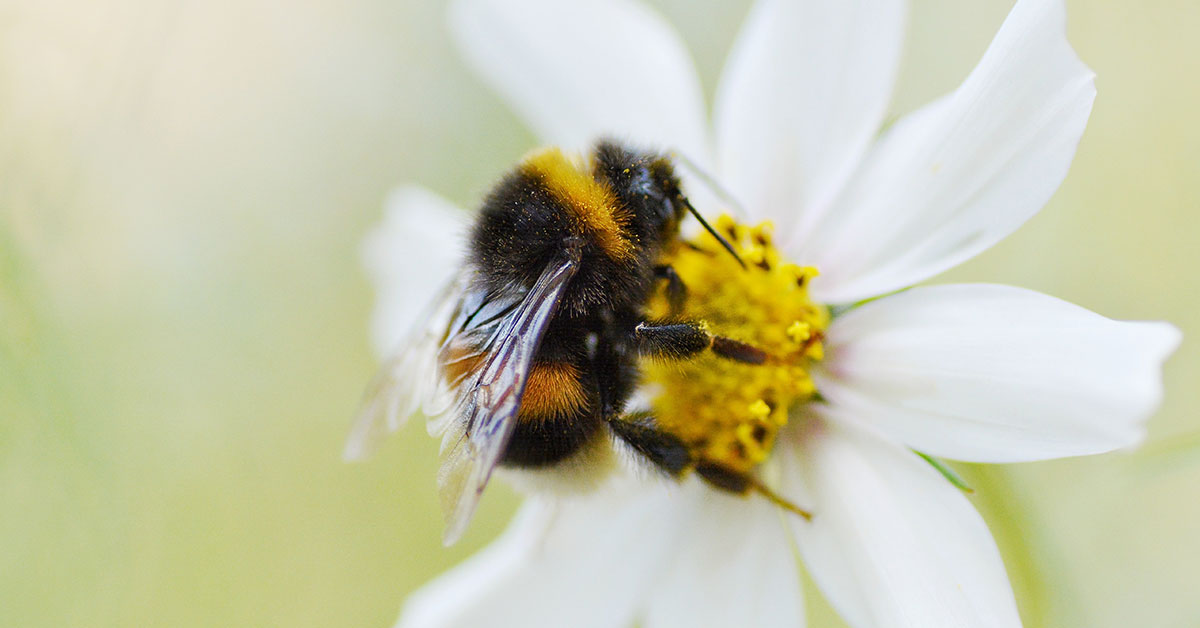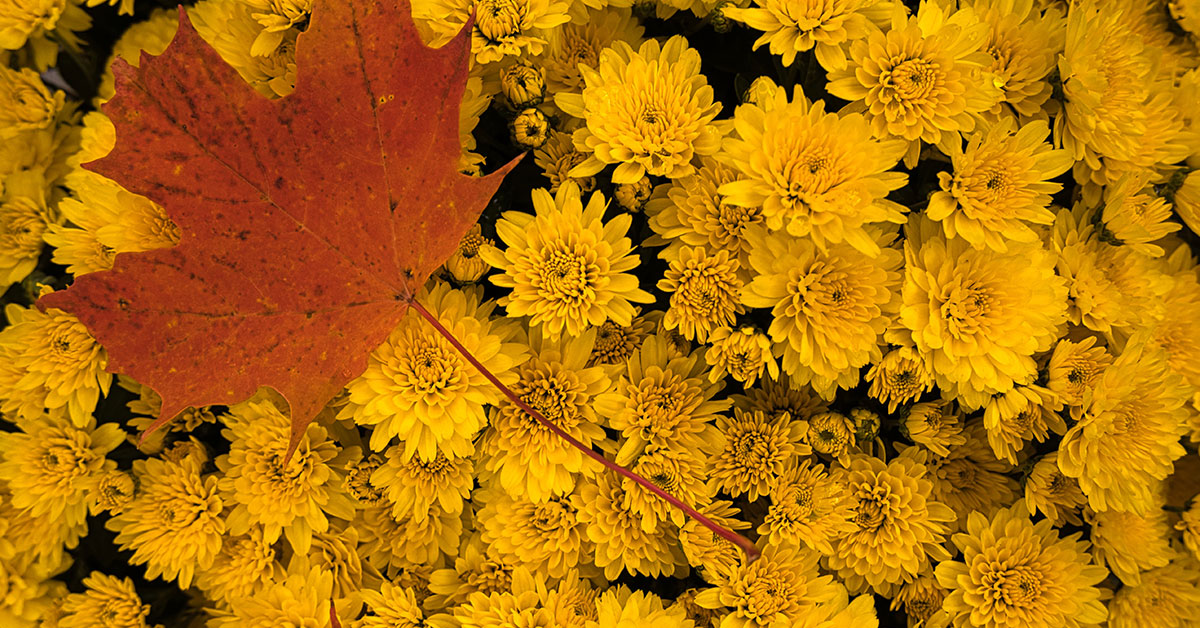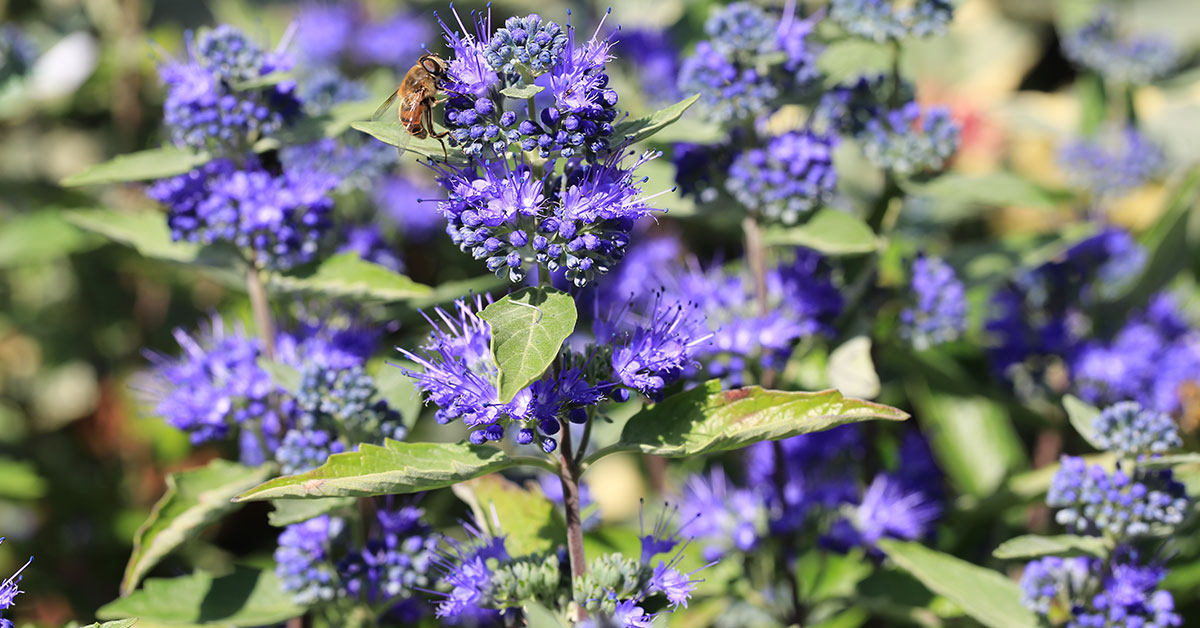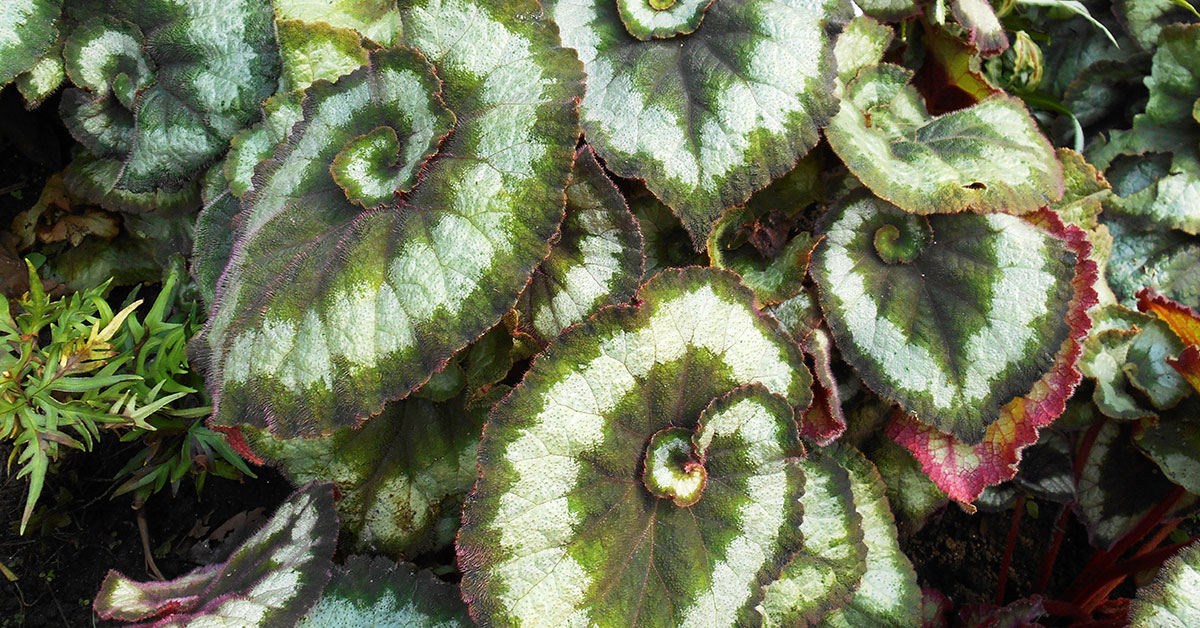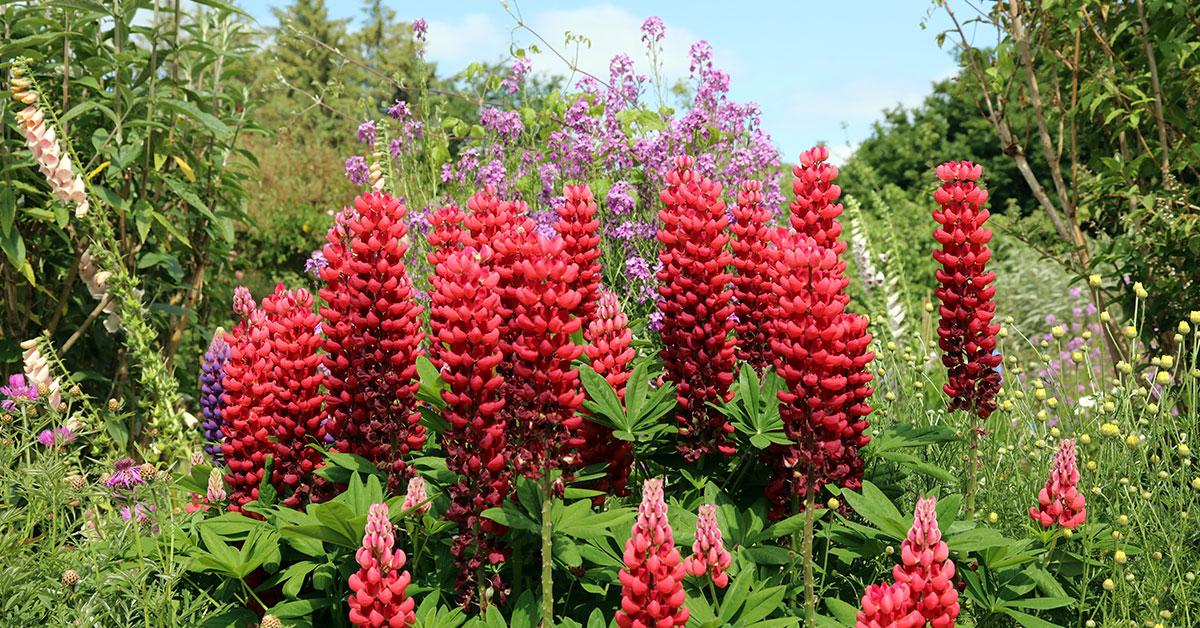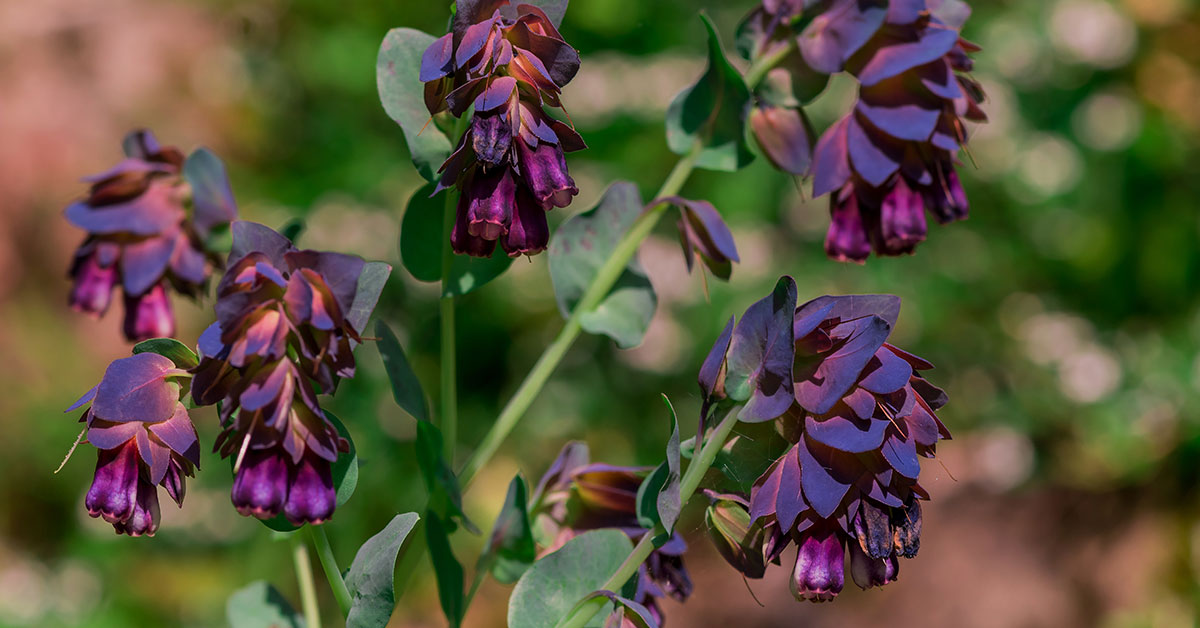The Cigar plant (Cuphea ignea) is a low-growing, tender perennial shrub, and is more commonly known as the firecracker plant or the Mexican cigar plant. This tropical evergreen shrub is endowed with a bright red flower with black and white tips that resembles a lit cigar. The Latin word ignea means fire.
The densely branched plant can thrive in tropical temperatures similar to its native Mexico and Jamaica. It has small, tubular, bright, orange-red flowers that bloom all year round. The plant is a favorite of hummingbirds, butterflies, and many other pollinators.
- Latin name: Cuphea ignea. Belongs to Lythraceae family
- Other names: Cupheas, firecracker plant, Mexican cigar, cigar plant.
- Native to: Mexico and the West Indies.
- Invasiveness: Not an invasive plant. But considered invasive on the tropical island of La Reunion where it has overwhelmed native foliage.
- Tenderness: Cigar plant is frost tender.
- Sun: Prefers full sun or part shade position.
- Water: Prefer moist conditions or at least a decent amount of watering.
- Soil: Moist, well-drained, loamy, clayey, sandy.
- Hardiness zone: Zones 10 – 12 (USDA).
- When to plant: Start indoors 6 weeks before the last expected frost.
- Spacing: 18 to 24 inches apart.
- Plant height: 12 to 24 inches in height.
- Bloom period: Spring, summer, fall.
- Time to maturity: Reaches mature height in one year.
- Container friendly: Suitable for containers.
- Fertilizer: Does well with supplemental fertilizing during the growing period.
- Toxicity: Non-toxic to humans and pets.
- Drought tolerant: Somewhat drought resistant but performs best when regularly watered.
- Deer resistant: Yes, both rabbits and deer avoid them.
- Pest resistant: Cigar plants are pest and disease-resistant. Only aphids affect them to some extent but neem oil takes care of them.
How To Grow Cigar Plant
If the Cigar plant is being planted from seed, you will need only to gently push the seed just below the surface of the soil. It should be just deep enough that rain or wind will not easily displace it. When planting a rooted plant or a cutting, place it in 2 – 3 inches of soil, just deep enough to cover roots, and about an inch or so of the stem.
Cigar plants thrive in damp soil, so it is best to plant them along moist plant margins, but not in the water itself. This will prevent root rot. The cigar plant does not require substrate for planting unless the soil is sandy and cannot hold the plant.
In such a case, dig down a few inches, add a thin layer of the substrate like gravel to keep the roots in place, and then cover with soil.
Growing Cigar Plant In Containers
Cigar plants are an excellent choice to plant in large containers with sufficient drainage. They can be attractive for a front entryway or an outside patio. Just place in a clay pot with a sauce placed underneath to catch excess water draining out.
To grow in a container, simply use good potting soil and place the plant inside. Make sure that the roots and ½ to 1 inch of the stem are covered. These plants thrive in rich, evenly moist soil that drains well.
When To Start Cigar Plant Seeds
To be in time for the growing season, sow the seeds indoors at least 6 to 8 weeks before the last frost. The seeds should be pressed into the soil without covering them as it requires light for germinating. Keep seeds moist til germination. Transplant seedlings outside once the frost season has passed.
For areas that have long growing seasons, you can sow the seeds directly outdoors. Seedlings can be pinched back to promote bushier growth habits.
When To Plant Cigar Plant
To get a head start, it is prudent to start planting the Mexican cigar plant seeds indoors at least 6 weeks before the last frost. Transplant the seedling outdoors once it is safe from frost. Cigar plants are particular to rich and evenly moist soil that drain well, and a place that offers full sun or at least a well-aired partial shade.
How To Collect Cigar Plant Seeds
You must harvest the cigar plant seeds whenever you see them. When the seeds are ripe, the flowers split at the top and the little yellow seeds are visible on a stalk. The seeds are present on the stalk only for a few days and are easily dislodged. Squeeze between the forefinger and thumb and pick the whole stalk at a time.
Once the seeds are harvested, allow them to dry. Place them in an envelope, date and label them, and then wait for April to start all over again.
How To Propagate Cigar Plant
Propagating the cigar plant is relatively easy and also inexpensive. It is the ideal way to reproduce more plants from the plants you already have. You can also clone from another plant.
The general methods of propagating the cigar plant are through layering, grafting, and dividing. In layering, you should take the limb of a plant and bend a section of it downwards to where it enters the dirt. Roots form there when placed for the period. Once the root system is dense enough, you can transplant the plant elsewhere or pot it up.
Cutting is also an easy method, and you can transfer them directly into a planting medium where they should not move around and are protected.
For rooting, you would need something soilless that drains well but retains moisture for some time. The soil-less mixture is best as it can carry harmful bacteria and fungi.
How to Get a Cigar Plant to Bloom
You should take care of cigar plants, including growing them in the right kind of soil and watering them well. An abundant bloom will be the reward for a properly located plant. You would need to ensure sufficient sunlight and average soil that drains well. The cigar plant works best when it is watered regularly.
Wildlife attracted by Cigar Plant
The tubular red flowers of these summer bloomers attract butterflies and hummingbirds. The rich nectar attracts pollinators like bees too. They bring in butterflies in plenty.
Their sticky foliage is a deterrent to both pest larvae and adults. As the plant is not toxic to humans and animals, your family is perfectly safe around these plants.
Common Problems
The cigar plant has few enemies and thrives in sparse conditions. If the shrubby plants get too crowded, repot in spring in a container with drainage holes that allow them to breathe.
If dry, crunchy leaves fall off due to dry air or cold drafts, keep them in a humid place for an easy solution.
Aphids at times tend to attack new growth. Also, watch for spider mites during dry conditions in the winter months. Boosting humidity helps prevent infestation.
